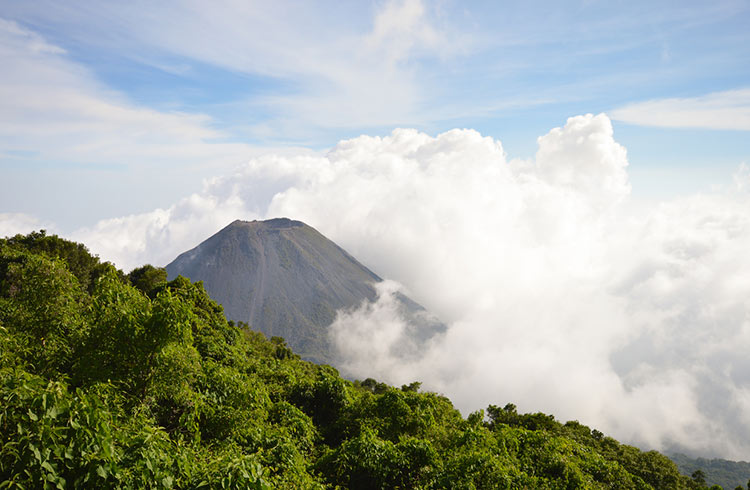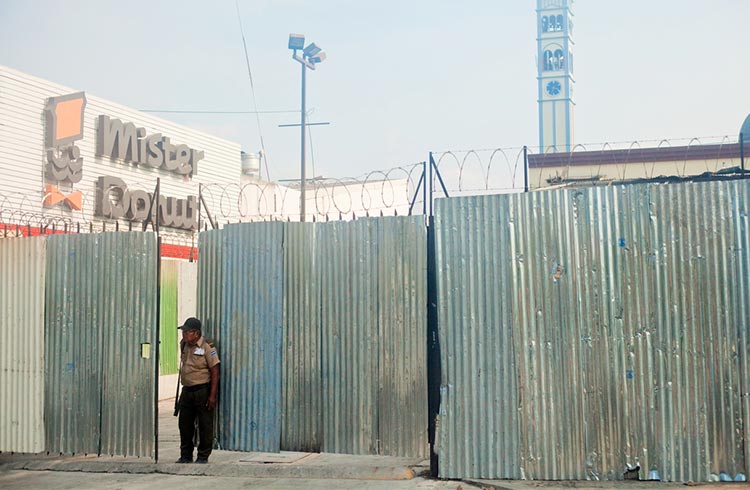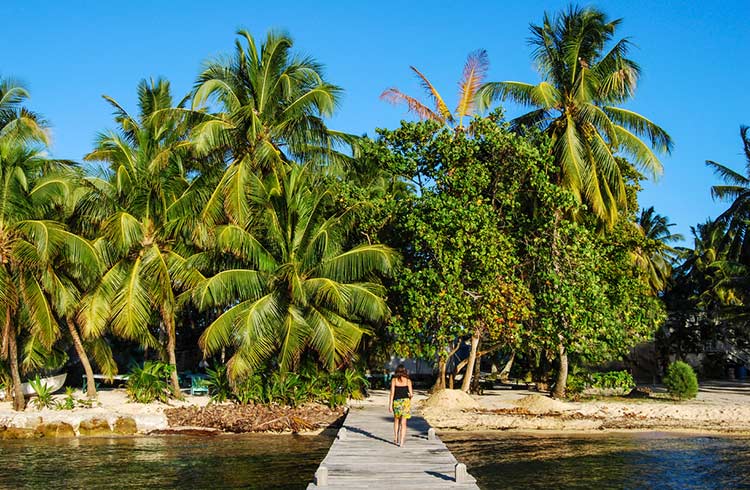Volcanoes, Natural Disasters and Weather in El Salvador
El Salvador is prone to earthquakes, hurricanes, and has active volcanoes. Here's how you can stay safe if a natural disaster occurs in El Salvador.
 Photo © iStock/lanabyko
Photo © iStock/lanabyko
Mother nature can be unpredictable, but there are some places that have felt her wrath far too frequently to ignore. Lying in the danger zone on the Pacific Coast, El Salvador is prone to earthquakes and hurricanes. Pop a few active volcanoes into the mix, and you have a country primed for natural disaster.
A lot of El Salvador's appeal is the picturesque volcanic landscape and impressive beaches, but, if you're planning to take advantage of its natural attractions, you've got to be careful (and not just of crime). Here's what you need to know to stay safe during wild weather, if a volcano erupts or while surfing in El Salvador.
- Hurricane season and heavy rain in El Salvador
- Active volcanoes in El Salvador
- Surfing in El Salvador: How to stay safe
Hurricane season and heavy rain in El Salvador
The rainy season in El Salvador normally runs from June–November, coinciding with hurricane season in the Caribbean. During this time, when it rains, it pours in El Salvador.
Afternoon thunderstorms and massive downpours don't make for pleasant travel weather, and mountainous areas are vulnerable to landslides during the wet season, so it's a better idea to choose another time of year to travel to El Salvador.
Back in November 2009, constant, heavy rain over a four-day period led to extreme flooding and landslides. Around 200 people were killed, 76 went missing, and another 14,000 left homeless.
Instead, travel during summer, from December–April, when the weather is dry, hot, and hazy.
Active volcanoes in El Salvador
There are a number of active volcanoes in El Salvador. The Chaparrastique volcano in eastern El Salvador, which is 86mi (140km) from the capital city, erupted in December 2013. The country's highest volcano, the Santa Ana (Ilamatepec), erupted in October in 2005. Two people were killed and seven injured. It was several months before locals could return to the area. Check for government alerts to keep up to date with volcanic activity.
Climbing volcanoes is big on traveler's to-do lists in El Salvador. Hiking volcanoes alone isn't recommended, and you should hire a guide or find a reputable company that offers group climbs.
If you want to hike the Izalco volcano, for example, if you meet at the entrance of the park in the morning before 10:30, there will be guides and policemen there to help travelers.
Having a trustworthy guide is essential, not only for physical safety, but visitors are often targeted on volcanoes and in remote areas by thieves. Always try to finish hiking before nighttime – climbing at night is extremely dangerous.
Surfing in El Salvador: How to stay safe
Surfing in El Salvador has been dubbed by many as the best in the world. But, even for the most experienced swimmers and surfers, undertows and currents at the coastal Pacific beaches and the country's lakes can be very risky.
A number of tourists have drowned at El Salvador's beaches. Even if you feel you may be indestructible with home-town beach culture knowledge, be careful while surfing in El Salvador. Ask the locals for advice on the best (and safest) wave breaks, and try to stick to where other people are surfing in case anything goes wrong.
Related articles
Simple and flexible travel insurance
You can buy at home or while traveling, and claim online from anywhere in the world. With 150+ adventure activities covered and 24/7 emergency assistance.
Get a quote

2 Comments
While volcanoes do provide an occasional scare they can actually provide a good view of nature at its very best.I also agree that beaches provide good opportunities to surf about and just enjoy the ocean. However, some people feel that they still need more information about Elsalvador which of course can be provided by travel agents and other institutions. Perhaps the tourism body should do more to market Elsalvador as a possible tourist destination.
I love to travel to El Salvador their food beaches and sceneries are the best!!